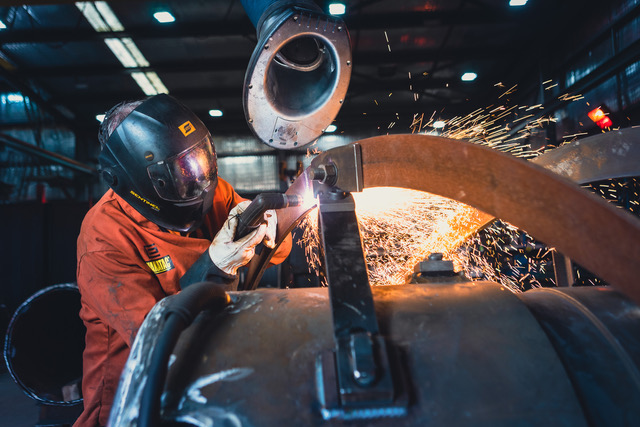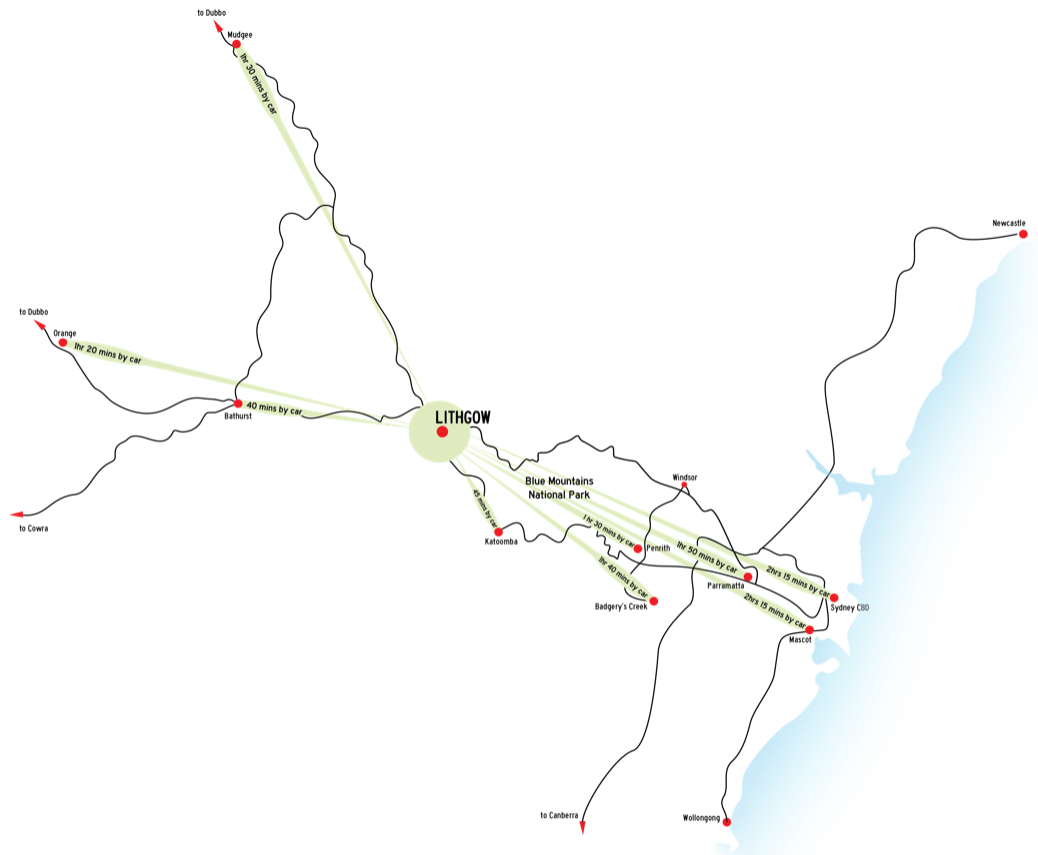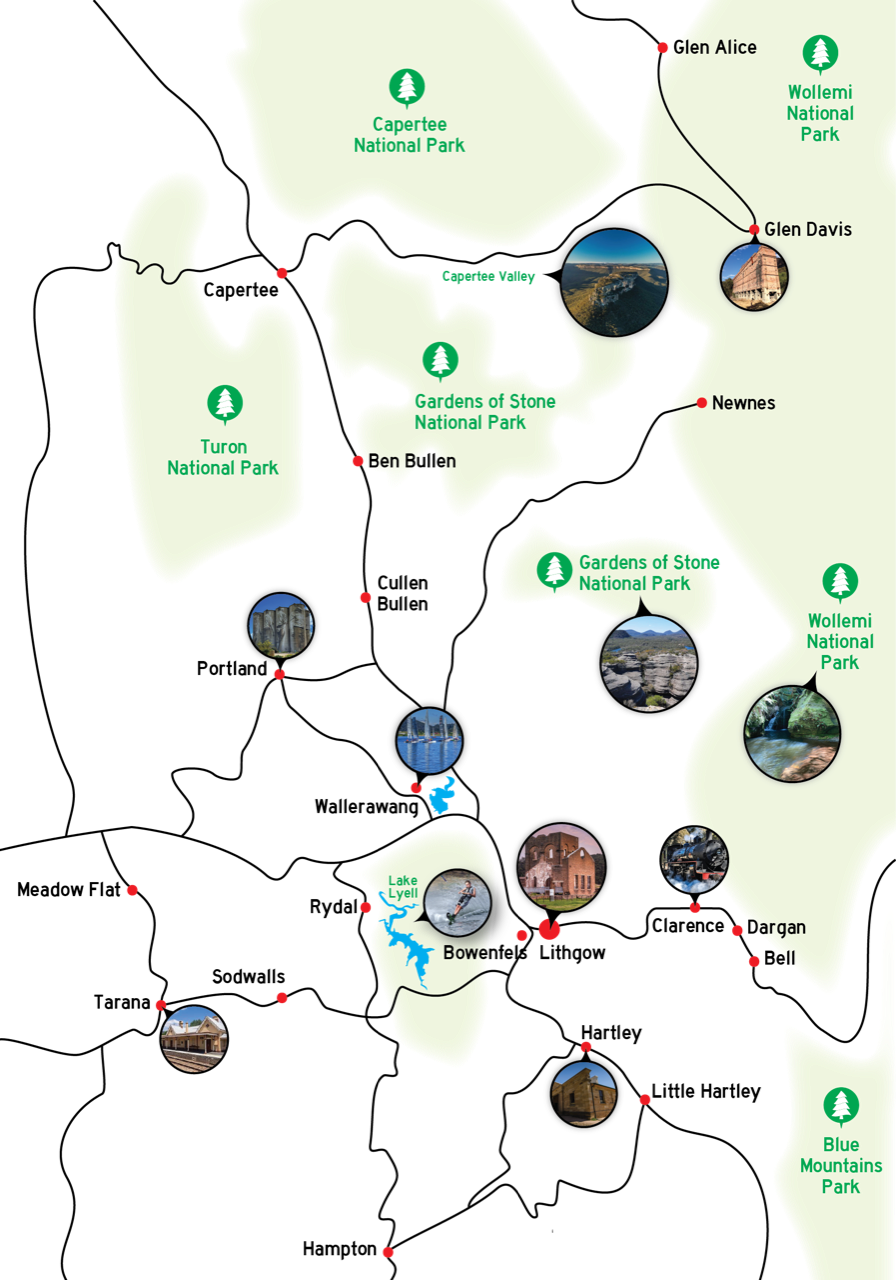
Lithgow region has many virtues. Surrounded by breathtaking world heritage-listed national parks, stunning mountain ranges and flowing valleys, its proximity to Sydney’s CDB, its diverse range of unique villages, towns and lifestyle properties and its services, amenities and affordable housing, it’s no wonder that the Lithgow region has already become an ideal escape to the high country destination of choice for young singles, couples, families, empty nesters and small business owners.
If you’re wanting to escape the stresses of city living and be surrounded by natural wonders or are contemplating when you’ll be able to afford a liveable home and working space where you can breathe in the country air, a Lithgow region escape to the high country change is for you!
With a wealth of employment, business and lifestyle change opportunities in the region, as well as its close proximity to the Sydney CDB for remote workers, the Lithgow region is fast growing into a lifestyle change destination of choice.
If you’re already considering moving from a larger city to a smaller city or town as a life choice, check out this website, or download our Lithgow Region Escape to the High Country New Residents guide (coming soon) and we’re sure to convince you that our region is the best place for you to live. work. play.
Lithgow city, the main administrative centre for the Lithgow region, is at the junction of the Great Western Highway and Bells Line of Road, 2hrs 15 mins from the Sydney CBD.
Sydney CBD – 2hrs 15 mins by car
Parramatta – 1hr 50 mins
Mascot Airport – 2hrs 15 mins
Badgerys Creek Airport – 1hr 40 mins
Penrith – 1hr 30 mins
Katoomba, Blue Mountains – 45 mins
Bathurst – 40 mins
Mudgee – 1hr 30 mins
Orange – 1hr 20 mins

